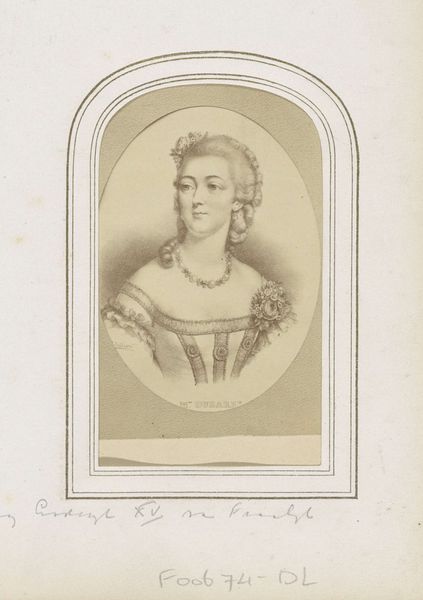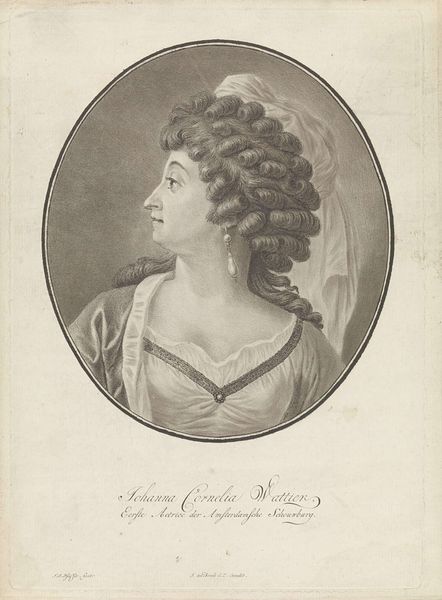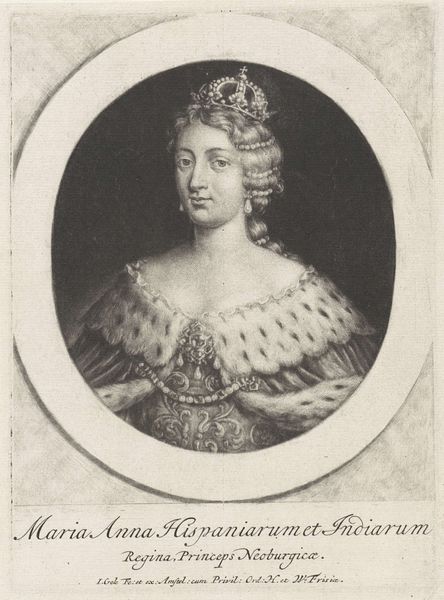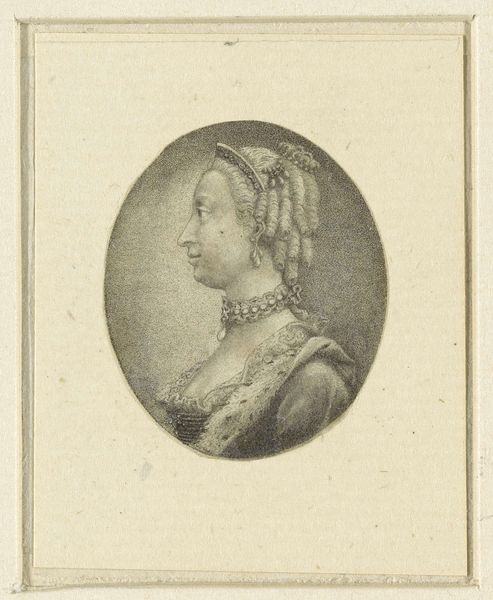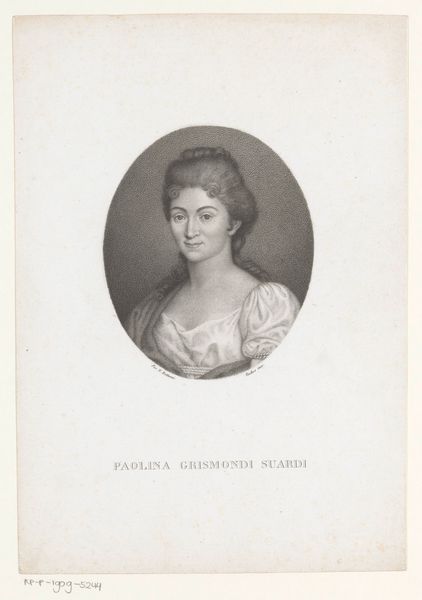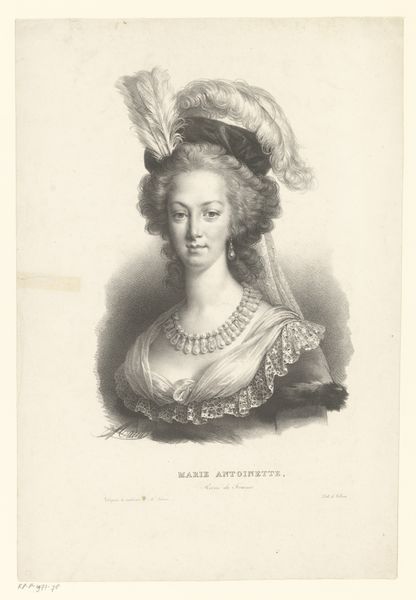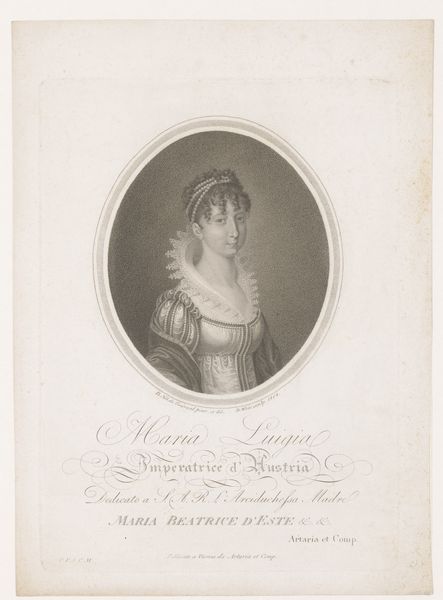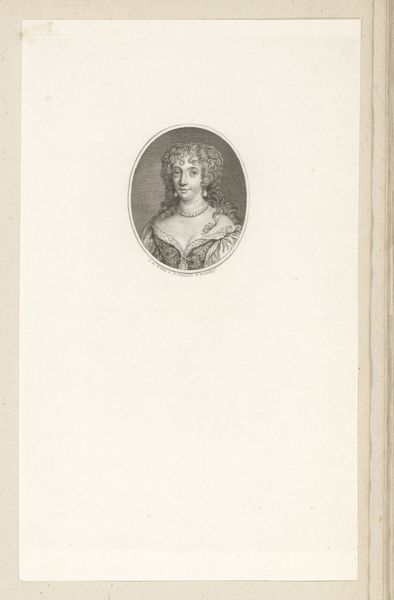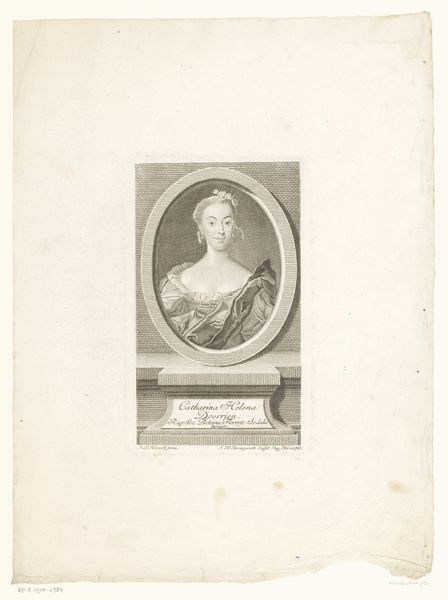
paper, engraving
#
portrait
#
pencil drawn
#
pencil sketch
#
old engraving style
#
paper
#
italian-renaissance
#
engraving
Dimensions: height 151 mm, width 107 mm
Copyright: Rijks Museum: Open Domain
Editor: This is Carlo Lasinio’s portrait of Diodata Saluzzo Roero, an engraving on paper, made sometime between 1769 and 1838. There’s a fragility to it, a sense of looking into the past. It's also beautifully delicate, almost like a whisper. What catches your eye about this piece? Curator: Oh, the whispers of history, exactly! You know, it reminds me of finding an old diary tucked away in an attic. There’s this quiet intensity in her gaze. Notice how Lasinio captures the texture of her hair with just the slightest variations in the engraving. I wonder, what do you think it tells us about how women intellectuals were perceived then? Editor: I hadn't thought about that! The softness makes her seem almost ethereal, which could be a deliberate choice. Was there pressure for women in intellectual circles to conform to certain ideals of femininity at the time? Curator: Absolutely, that’s a keen observation. While intellectual prowess was admired, it often had to be balanced with accepted feminine virtues, like gentleness and modesty. That oval frame… it's like she is enclosed, but also highlighted. Like a specimen, or a muse. The lines have an energy that defies the period's need for restraint, for sure. What's your read on the symbolism, though? Does it speak of constraints or celebrations, you think? Editor: I think it might be a mix of both. A celebration of her intellect framed by societal expectations. Looking closely at the details has revealed so much! Curator: Agreed. The tension is where the beauty lies. Thanks for letting me muse along with you today. It’s sparked a renewed appreciation.
Comments
No comments
Be the first to comment and join the conversation on the ultimate creative platform.
